#888 Roughing it on Vargas Island
Close to the Bone
by Dorothy Kirk
Victoria: Vargas Publishing, 2020
$14.00 / 9781777011802
Reviewed by Rose Morrison
*
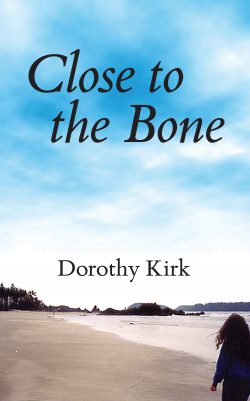 “I have only felt regret and longing,” writes Dorothy Kirk, “for things I never tried, or words I never spoke.” Kirk’s Close to the Bone is an account of her first year of wilderness living on a small Island off the west coast of Vancouver Island with partner Ed Guenther. The couple, well settled in Victoria, enjoys occasional backpacking holidays while dreaming of the time that they can retreat from the city to lead a quiet, more self-sufficient life. Kirk, suddenly it seems, disillusioned with her work and staid life, tells her partner that she’s ready to make the change. They start planning, and lease a cabin on Vargas Island, which lies northwest of the Vancouver Island town of Tofino.
“I have only felt regret and longing,” writes Dorothy Kirk, “for things I never tried, or words I never spoke.” Kirk’s Close to the Bone is an account of her first year of wilderness living on a small Island off the west coast of Vancouver Island with partner Ed Guenther. The couple, well settled in Victoria, enjoys occasional backpacking holidays while dreaming of the time that they can retreat from the city to lead a quiet, more self-sufficient life. Kirk, suddenly it seems, disillusioned with her work and staid life, tells her partner that she’s ready to make the change. They start planning, and lease a cabin on Vargas Island, which lies northwest of the Vancouver Island town of Tofino.
Guenther had experienced wilderness living before he and Kirk met; but for her, this is a big adjustment. They make lists, buy supplies and sell their house. Kirk is neither a seafarer nor a lover of the sea, which she fears; but she comes to respect it. Living on Vargas, she relates how their new life depends so much on tides, ocean swells and weather; and how much skill and work is involved in safely bringing a boat to shore on Vargas, landing supplies and carting them from the beach, over a sand bank and to their cabin. Her first experience of doing this in rough weather puts her out of action for a week because of knee problems.
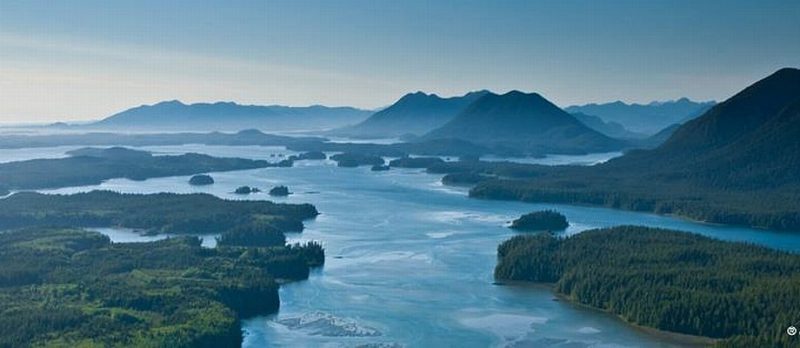
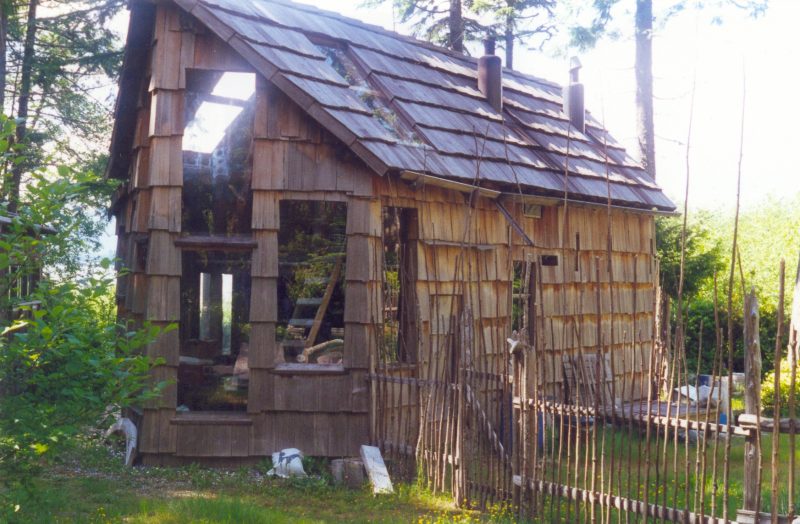
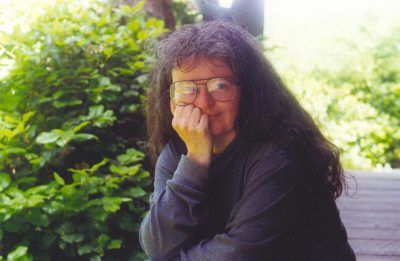
Kirk unfolds her story with ease and simplicity. Although the couple’s way of life on Vargas is basic, it is not easy. There’s firewood to be gathered, transported, cut and stored for winter and a ramp to be built for the boat. There are raised beds to be extended and seeded with vegetables, ditches to be dug, repairs to be done. Building an animal-proof garden fence requires beach-combed cedar posts and pickets made from alder wood. The cabin has no electricity and water comes from a well with a pump at the kitchen sink. Mice find the place ideal.
The writer’s appreciation of the natural world is obvious; from the first dolphin she sees, to garter snakes, trees and skies, she likes it all; but it is the myriad birds that chart the seasons who bring the greatest joy. There is no pretension in her descriptions, “A particular bird I … cannot identify him … delighted my soul and brings a smile to my face even now…” Longer days and mild weather bring visitors; Guenther’s sons spend Easter at the cabin; some friends visit. Occasional kayakers come to their shores and boats pass by. While life seems easier in these more clement times, subsistence still requires constant effort.
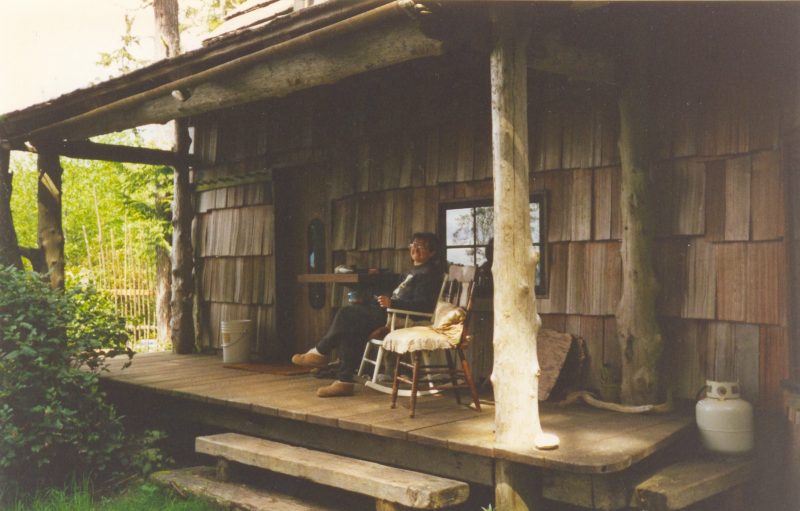
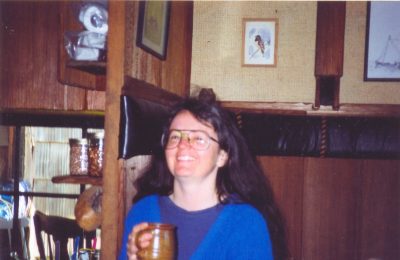
There is a turn in Kirk’s story of hard work and happiness in the wilderness. As fall approaches her mood changes. Despite the occasional boat trip to get supplies and visit people, she misses friends; and responses to her letters are few. This is not a simple sadness experienced as days grow shorter. Kirk wonders if there is a point to living and sinks into depression; a state, she writes, that even suicide cannot cure. She adds, “I know my dark side.” Now the reader steps back, searching for deeper understanding of this gentle person who reads extensively and writes, spends time cooking meagre meals on a wood stove; and who loves to “meander through the days” on Vargas with Ed. Close to the Bone reveals nothing about her life before she met Guenther. What kind of work was she doing when she decided to make a radical change? Has she had previous depressive episodes? And was it in desperation for a brighter outlook that she decided to risk wilderness living?
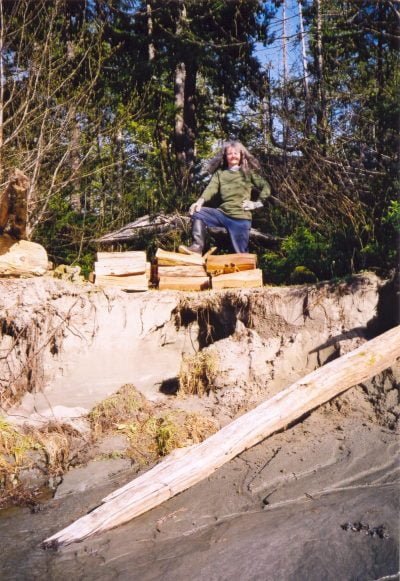
Even less information about her spouse is given. He is a skilled, hard-working man who loves wilderness living; on Vargas Island he lives the couple’s dream. Surprisingly, he has no food preferences; he eats to fuel his body. Their basic, monotonous diet of oatmeal, occasional berries, chapatis, any available vegetables, seeds, and a starch / legume each evening, does not phase him. Kirk offers a glimpse into her depressed situation before dismissing it: “Maybe I had come too far, maybe this was not far enough for Ed. Could we ever meet somewhere in between”? Vargas Island is not a total paradise.
The autumnal equinox finds Kirk in a happier frame of mind, but the reader who has been enjoying a tale about a loving couple’s enjoyable adventure, has doubts. Winter sees her eating Christmas goodies sent by her parents and listening to the radio. She writes that she is happier during this first Christmas season without the social events, presents and expectations she is used to. Can she be believed? A beautiful walk on Christmas evening makes her comment, “A Christmas Complete”.
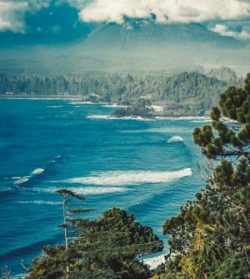
Close to the Bone is a delightful read that will engage nature lovers; and it will be a valuable source of information for anyone who is lured by the possibility of living in remote self-sufficiency. Like all worthwhile reads, it leaves questions. What is the story behind this story? Did Kirk really overcome her late-summer depression so quickly? Did she and Guenther manage to “meet somewhere in between”? The small picture of Kirk at the end of Close to the Bone shows an attractive woman with large glasses, abundant hair and a gentle smile. Like her writing, it leaves a lot to imagination.
Kirk completed her year-one account in early 1996. It is the only detailed, annual account of life on Vargas Island that she wrote, although she made notes during the next seven years that the couple spent on the island. Kirk passed away unexpectedly following the couple’s eighth year on Vargas. Close to the Bone is Guenther’s slightly edited version of Kirk’s year-one account, new from Vargas Publishing of Victoria.
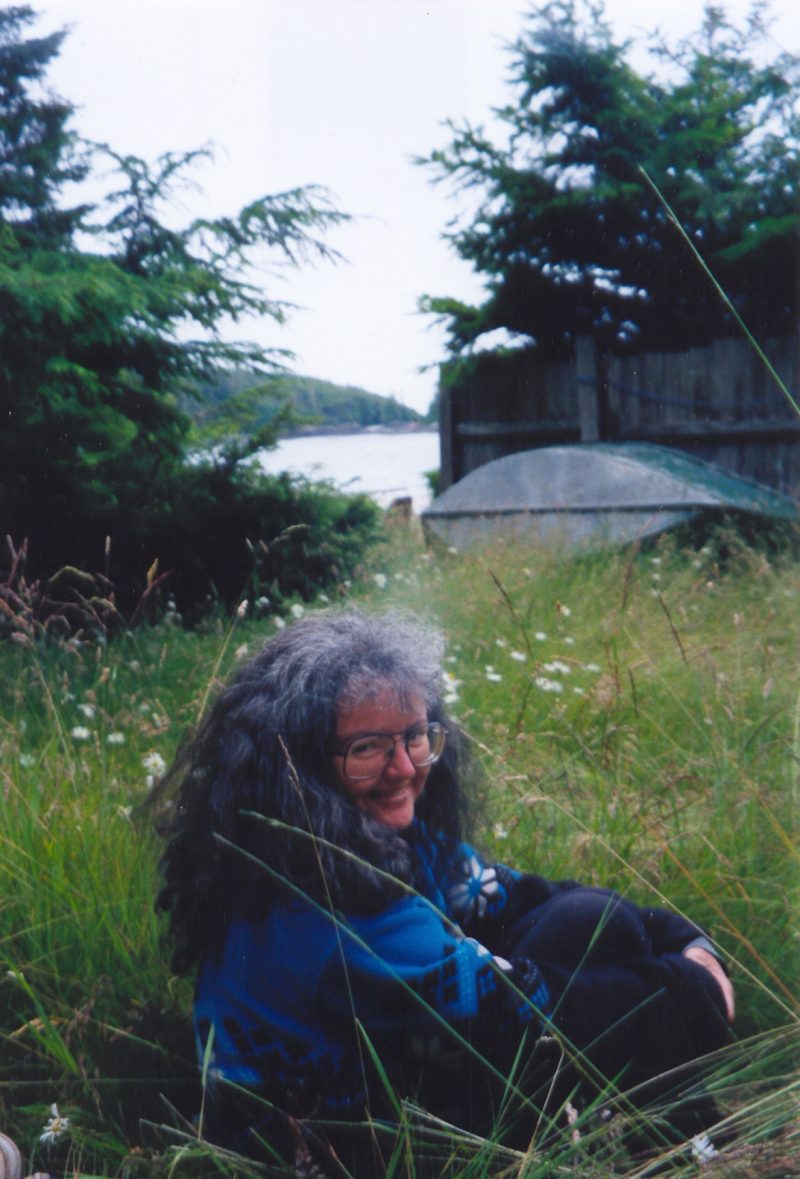
*
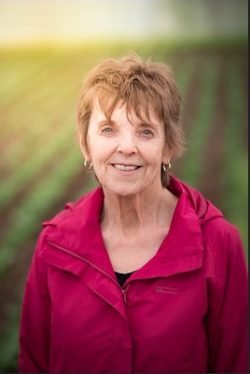
Rose Morrison lives and writes in British Columbia’s bounteous Fraser Valley. She has a large, somewhat dysfunctional family that she loves dearly; and she has always been in awe of the earth. Rose enjoys good friends, walking, travelling and reading. She likes writing poetry and creative non-fiction. Her ongoing project is to convince her long-in-progress novella and her current poetry collection to finish themselves. She remains pleasantly surprised to be professor emerita in the Agriculture Technology Department of the University of the Fraser Valley.
*
The Ormsby Review. More Books. More Reviews. More Often.
Publisher and Editor: Richard Mackie
The Ormsby Review is a journal service for in-depth coverage of B.C. books and authors. The Advisory Board consists of Jean Barman, Robin Fisher, Cole Harris, Wade Davis, Hugh Johnston, Patricia Roy, David Stouck, and Graeme Wynn. Scholarly Patron: SFU Graduate Liberal Studies. Honorary Patron: Yosef Wosk. Provincial Government Patron since September 2018: Creative BC
“Only connect.” – E.M. Forster